Now that the augmented reality cat is out of the bag, Magic Leap is beginning to open up a bit more about how of some of its work came together in the years and months leading up to the Magic Leap One's release earlier this month. On Wednesday, the company unveiled a behind the scenes video of how the ethereal music-meets-AR app Tónandi was produced in collaboration with Icelandic music group Sigur Rós.
The mini-documentary style video features band member Jónsi Birgisson, as well as Magic Leap Studios creative and technical leads Stephen Mangiat and Mike Tucker, Magic Leap Studios executive producer Rebecca Barkin, as well as Sigur Rós' music director Paul Corley and the band's art direct Sarah Hooper.
"Together we have created a place in the here and now, where the 'sound spirits' of Sigur Rós's music can be played with and altered using your hands," reads a statement on the band's website, where samples of the app that took five years to produce can be seen. "[The app is a] place where spatial sounds are visible all around you and ready to respond to every interaction."
- Don't Miss: Magic Leap's Good News — the Haters Are Wrong, Bad News — Now Everyone Will Focus on Apple Glasses
At a little over seven minutes, the video doesn't get into great detail, but shows us a new look at how the teams worked together in what is, for most music artists, an entirely new creative canvas. From developing the interactive environment aspects to coming up with the hand gesture interactions, the team explains what how all the elements came together to create a really unique experience.

And while the interactive visuals and spatial audio are stunning, it seems more like a developer demo use case rather than a fully formed entertainment product meant for repeat usage. In fact, I'm not sure it's the app that would get the average user excited about AR on the Magic Leap One.
In the last week or so, I'd wondered why I hadn't seen more video footage of the Tónandi app shared on social media as I've seen with other Magic Leap One apps like (admittedly less interactive) Create, Screens, and Helio, and after spending some time with it, I can see why.

In short, it's more of a meditative experience, that requires a relatively long stretch of time to fully digest. The problem with that time commitment (especially for the attention deficit-plagued users of today), is that the interactive payoffs don't really fall in line with the amount of time required to sit with the app.

When you open the Tónandi app, you're soon presented with the message that, "The Control is no longer required. You are now free to explore Tónandi with your hands, eyes, and body…be curious."
It's an exciting prompt, but what follows are long stretches of moving your hands, eyes, and head to interact with abstract virtual objects, with interesting, but not "can't put this app down" effect. I know this took a lot of work to produce, so I'm not happy to say that I lost interest fairly quickly.

To the app's credit, I was impressed with the ability to grab one virtual object, throw it against my real world wall, see that object get stopped by the wall, and then grab another virtual object and throw it toward the other one and watch them react to one another as real objects might (see video below). Overall, the app is a great demo, but it's not the most sticky app (and this is coming from a longtime fan of Sigur Rós, by the way).
In some ways, I think the Tónandi app would have benefitted more from the involvement of another Icelandic artist — Björk, who is now very experienced in delivering compelling music-meets-VR experiences ("Notget VR," for example). Speaking of VR, I think Tónandi would have worked better in that environment than in AR.
Sure, it's cool watching the abstract objects pulse and interact with the real world, but the fact that the real world is "still there," you're not really inspired to fall into the meditative state the otherworldly aspects of the app seem to be designed to inspire, something VR's more closed off dynamic lends itself to in a more immersive way.
This is yet another example of how designing experiences for headworn AR devices presents brand new challenges that will force producers, artists, and developers to completely change how they approach interface design and keeping users engaged as the real world frames virtual content.
But these points take nothing away from the Tónandi app from the perspective of seeding the developer space with an example of what's possible with the Magic Leap One's gesture controls, eye and head tracking, and spatial audio.
It's a great first effort, and an exciting glimpse of what may be coming next in the way of music experiences in AR.
Just updated your iPhone? You'll find new emoji, enhanced security, podcast transcripts, Apple Cash virtual numbers, and other useful features. There are even new additions hidden within Safari. Find out what's new and changed on your iPhone with the iOS 17.4 update.
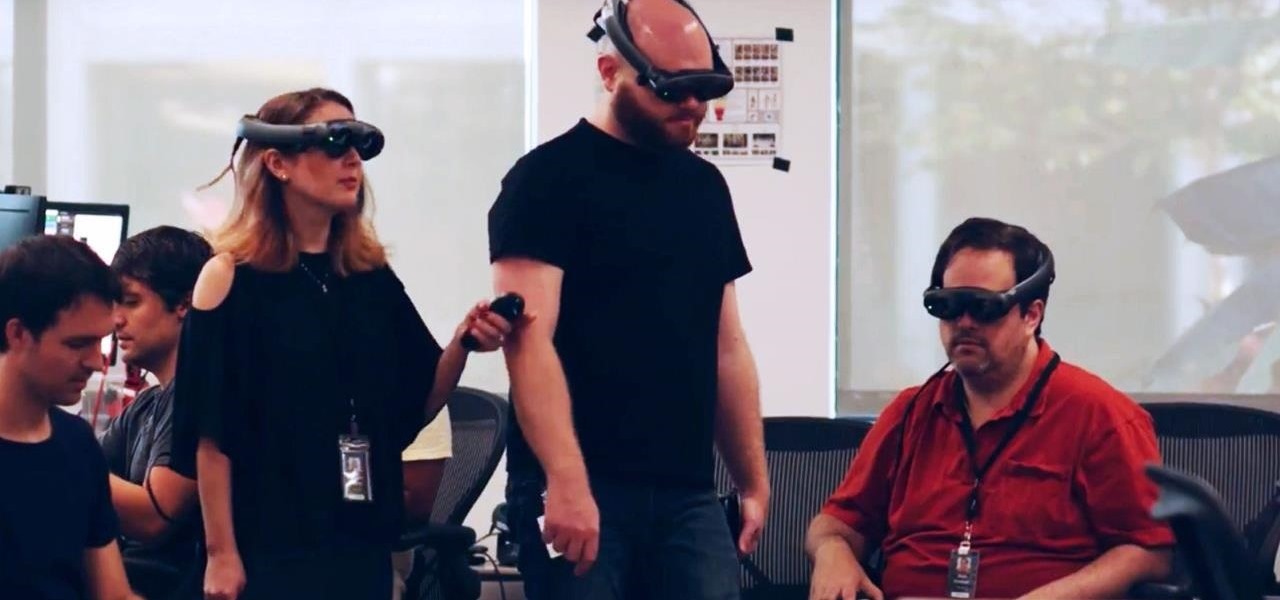


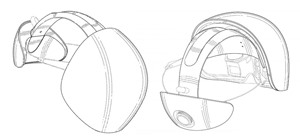


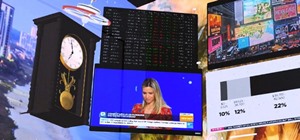
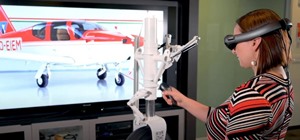
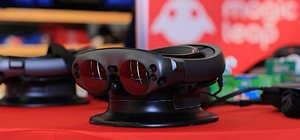

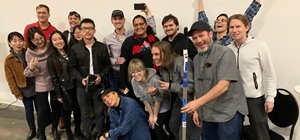

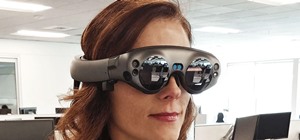
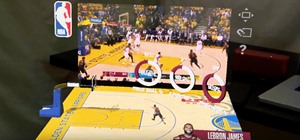

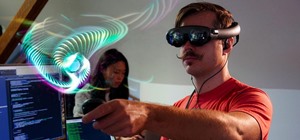
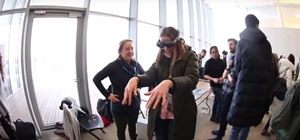


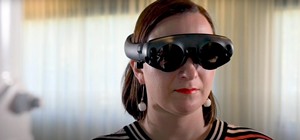
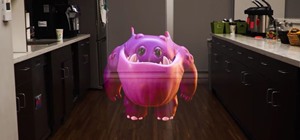
Be the First to Comment
Share Your Thoughts